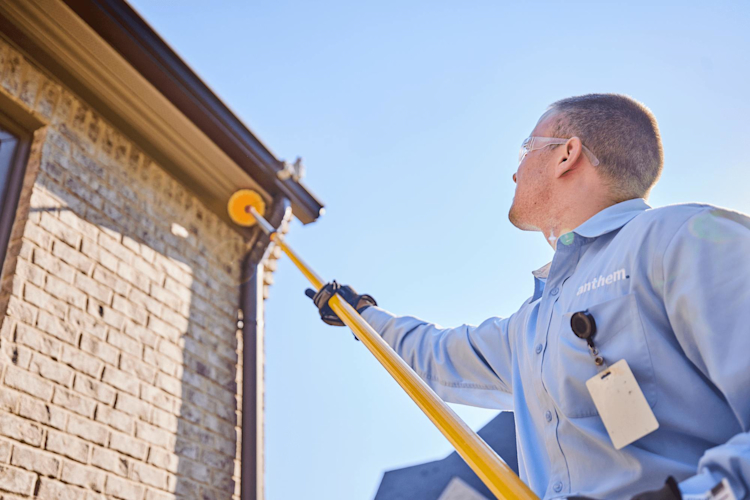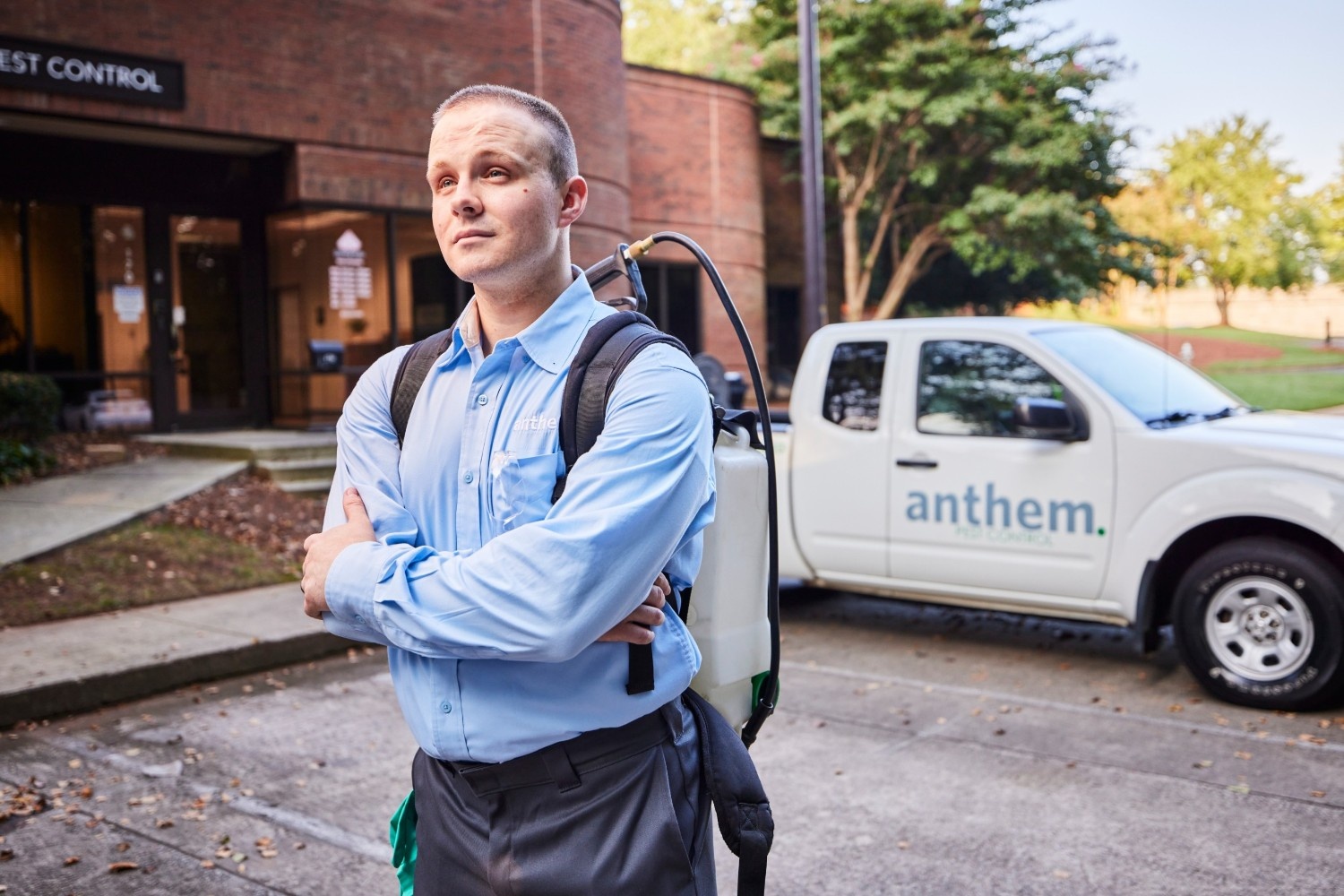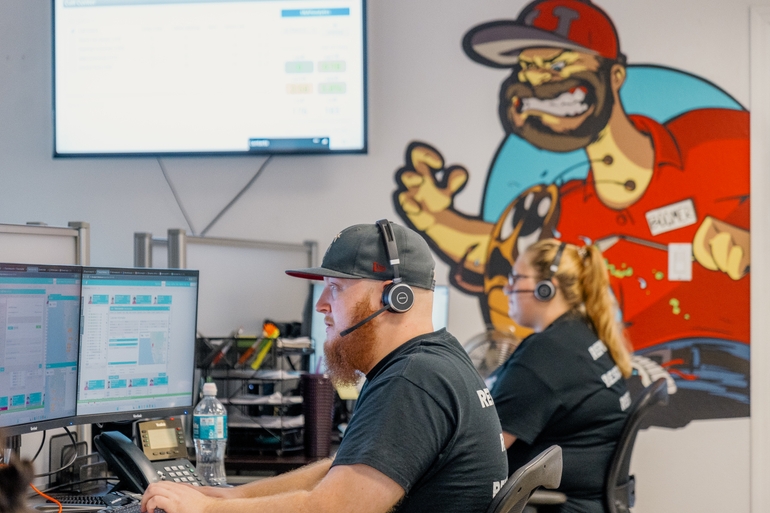2025 State of the Pest Industry: Key Findings and Actionable Strategies

The economy obviously matters for pest control company leaders.
But regardless of the year, that could translate into many different things on a daily basis, whether it's finding ways to assemble the right team, save time, cut fuel expenses, or ensure excellent service. But for some, that could also mean closer monitoring than usual, forming new plans, or making adjustments based on recent developments in the economy and broader markets.
The 2025 State of the Pest Industry Report, generated for FieldRoutes by a Thrive Analytics survey of 1,025 pest control company leaders, not surprisingly showed the economy as a chief concern.
Bob McElhannon, a FieldRoutes senior account executive whose 32 years in the industry include roles in sales, management, and IT with two pest control businesses, believes companies already have some of the best resources to try to offset risks to revenue goals in 2025.
It’s all about hiring good people.
"It's hard to grow when you can't find people to work," McElhannon says.
McElhannon offered his expertise on ways leaders can respond to findings in the State of the Pest Industry report, including using all resources available—both human and technological—to minimize threats to revenue goals and empower their companies to thrive despite a chaotic economy.
Hiring: ‘Always going to be an issue’
The survey, conducted in April 2025 and inviting insight from pest control company owners, general managers, operations managers, and more, found that 35% of respondents expected the market to improve this year, with 43% saying it would be about the same. Less than a quarter, 23%, said the economy would be worse.
Growing revenue (61%), retaining existing customers (56%), and acquiring new customers (52%) are ranked by respondents as their top business goals.
As for risks to meeting those goals, cost of materials or products (56%), availability of materials (48%), maintaining profitable margins (47%), and customer retention (46%) form the chief threats.
They also rank recruiting and retaining employees as their fourth business goal (45%)—and as their fifth threat (43%) to meeting those goals.
"Hiring is always going to be an issue," McElhannon says. "Finding people that really are willing to do the job and work is a lot harder than it was 25 years ago."
Then pay your team—all of them
Once pest control company leaders fill their labor gaps, retaining employees becomes critical.
The State of the Pest Industry survey found that most companies are planning to offer raises for technicians, office staff, and sales team members in 2025.
But results also showed that technicians seem more likely than the other two groups to score pay increases: Only 11% said technician pay would remain the same as in 2024; 25% said office staff pay and 30% believe sales team member salaries would not rise in 2025.
"I don't necessarily agree with that tact because your best salesperson can only sell so much," says McElhannon, noting that commissions could be involved in their compensation. "A lot of that's dependent on territory, density, how much advertising and marketing the company is doing.
"If the cost of living is going up and your top sales person just can't make more money, you're going to lose that person."
Use technology to create efficiencies
Pest control businesses face rising material and equipment costs and pressure on profit margins, survey respondents say.
Inefficient processes pose a threat, with reliance on manual communication and limited software use for key operations such as invoicing and routing.
Just more than half of respondents, 52%, reported using routing software, which can help increase the number of stops a technician makes in a day and lower fuel expenses.
"I personally think 100% of pest control operators should be using routing software," McElhannon says, "unless you're a one-man operator."
While digital solutions connect sales and office teams with employees in the field, the customer-facing technicians can experience some of the biggest benefits with technology.
"The technician's primary job is to satisfy that customer, eliminate whatever issue they're having," he says. "It shouldn't be filling out paperwork. That's the part of the job they hate.
"If you can make the company more profitable and make the technician more money, why wouldn't they switch to your software? It's a no-brainer."
Find the right all-in-one solution
For companies considering a new software provider, an all-in-one solution is ranked as a top priority by 66% of respondents (tied with product features and functionality).
And that’s appropriate, given that 45% in the survey are using 10 or more tools and another 37% are using seven to nine.
Still, pest control company leaders believe digital transformation matters. A total of 43% consider it very important, and 44% rate it as somewhat important.
"The race is what software can do the most without having (companies) needing to have a third or fourth software and not nickel-and-dime you to death," he says. "When you look at everything you get, you can cut out three things over here and you'll actually save money."
Accelerate interest in AI
The survey found that 73% of companies aren’t using AI to boost business performance, but that’s still a notable improvement from the 82% in 2024.
"The really cool part of AI is being able to put in some ideas and have it spit out this awesome summary," McElhannon says. "It'll spit out the most beautiful email you've ever seen in your life."
Adoption of artificial intelligence in the pest control industry is coming, both by companies and by software providers. And it’s just another sign of how companies that are looking to maximize efficiency, grow revenue, and scale are embracing the available tools to make it happen.
"Let's be honest, the industry has finally given up the fight against software," McElhannon says. "Software is here, and it's not going anywhere."





